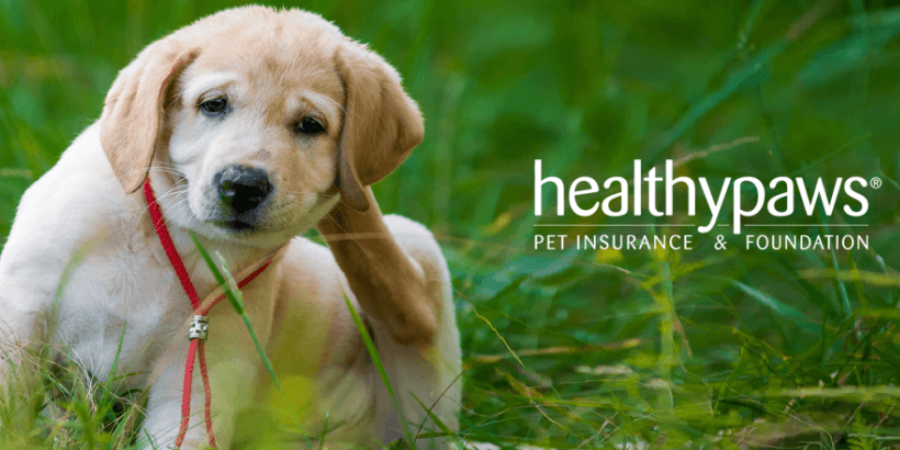When we think about our furry friends, healthy paws are often overlooked. Yet, they play a crucial role in our pets’ overall health and well-being. This article will explore the importance of maintaining healthy paws, common issues that can arise, and actionable tips to ensure your pet’s paws are in top condition.
Understanding Healthy Paws
Healthy paws are vital for your pet’s mobility and quality of life. They help your dog or cat run, jump, and play. Paw health is often an indicator of overall wellness. When paws are neglected, it can lead to discomfort, pain, and even serious health issues.
The Anatomy of a Paw
A typical paw consists of:
- Paw pads: Provide cushioning and protection.
- Nails: Help with traction and digging.
- Fur: Offers insulation and protection from environmental elements.
Understanding this anatomy is crucial for recognizing potential problems.
Common Paw Problems
Paw problems can arise from various factors, including environmental conditions, genetics, and lifestyle. Here are some common issues:
Paw Pad Injuries
Paw pads can suffer from cuts, abrasions, and burns. Hot pavement in summer or sharp objects can cause significant injuries.
Prevention Tips:
- Avoid walking on hot surfaces.
- Inspect paws regularly for cuts or debris.
Nail Issues
Long or broken nails can cause pain and difficulty walking. Nail trimming is essential for maintaining paw health.
Signs of Nail Problems:
- Overgrown nails curling into the paw.
- Cracked or broken nails causing bleeding.
Allergies and Irritations
Pets can develop allergies to various substances, including grass, pollen, and chemicals. Symptoms often manifest in the paws, leading to itching and inflammation.
Common Allergens:
- Pollen
- Dust mites
- Certain foods
Signs Your Pet May Have Paw Issues
Recognizing the signs of paw problems is crucial for timely intervention. Look for:
- Limping or favoring one paw.
- Excessive licking or chewing of the paws.
- Swelling or redness around the paw pads.
- Foul odor emanating from the paws.
If you notice any of these signs, consult your veterinarian.
Tips for Maintaining Healthy Paws
Maintaining healthy paws requires a proactive approach. Here are some essential tips:
Regular Grooming
Grooming is vital for keeping your pet’s paws in great shape. Regularly check and clean the paws to remove dirt and debris.
Grooming Checklist:
- Trim nails every 4-6 weeks.
- Clean paw pads with a damp cloth.
- Check for foreign objects lodged between toes.
Proper Nutrition
A balanced diet contributes to overall health, including paw health. Ensure your pet receives the right nutrients to support skin and coat health.
Key Nutrients for Healthy Paws:
- Omega-3 fatty acids: Promote skin health.
- Vitamins A and E: Support immune function.
Routine Vet Visits
Regular veterinary check-ups can help catch potential issues early. Your vet can provide professional grooming tips and assess your pet’s paw health.
Vet Visit Checklist:
- Bring up any concerns about paw health.
- Discuss grooming and dietary needs.
- Schedule nail trimming if necessary.
DIY Paw Care
Taking care of your pet’s paws at home can be simple and effective. Here are some DIY tips:
Paw Wax
Consider using paw wax to protect against harsh weather conditions. It creates a barrier against ice, snow, and hot pavement.
How to Apply:
- Clean the paws thoroughly.
- Apply a small amount of wax to the pads.
- Allow it to absorb before walking.
Homemade Paw Soaks
A soothing paw soak can relieve irritation and keep paws clean.
Ingredients:
- Warm water
- Epsom salt (optional)
Instructions:
- Fill a bowl with warm water.
- Add a tablespoon of Epsom salt.
- Soak paws for 5-10 minutes.
Regular Inspection
Make it a habit to check your pet’s paws regularly. Look for signs of wear, injury, or infection.
Inspection Steps:
- Examine each paw individually.
- Check for cuts, swelling, or redness.
- Look between the toes for debris.
Conclusion
Healthy paws are essential for your pet’s happiness and mobility. By understanding common issues, recognizing signs of trouble, and implementing proactive care strategies, you can ensure your furry friend enjoys a life full of adventure and joy.
Remember, healthy paws lead to a happy pet. Regular grooming, proper nutrition, and routine vet visits are key components in maintaining your pet’s paw health. With a little effort, you can keep those paws in tip-top shape!
By prioritizing paw health, you contribute to your pet’s overall well-being, ensuring they remain active and playful for years to come. So, take a moment today to check those paws and show your pet some love


